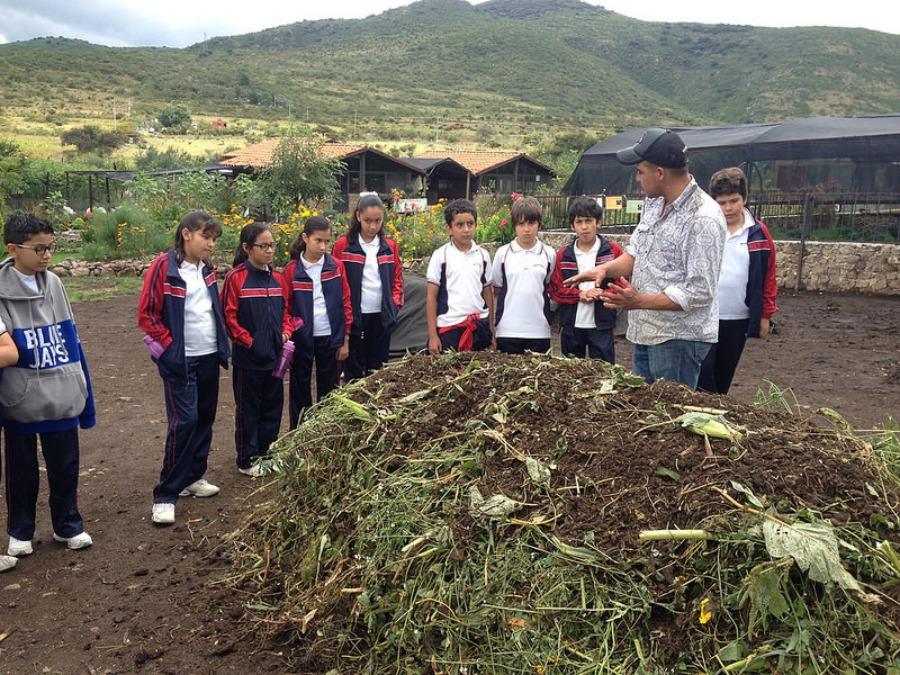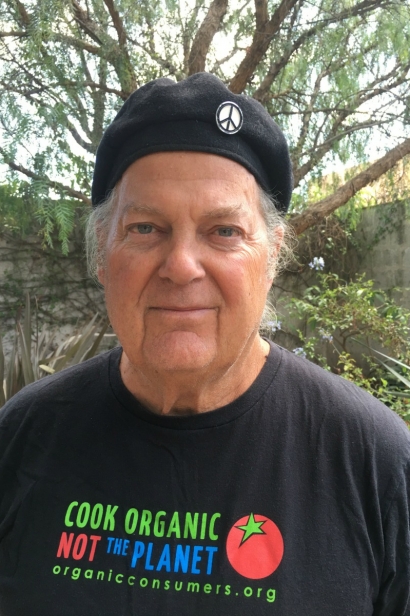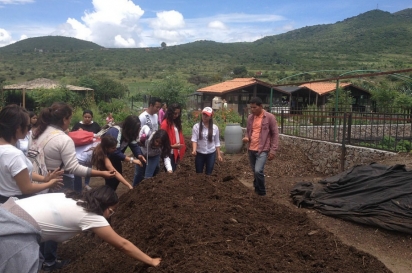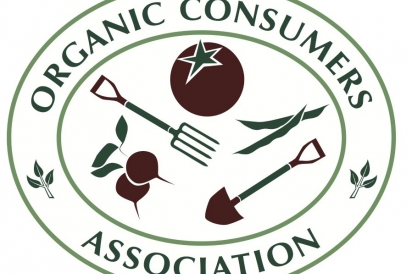The State of Organics - A message the Director of the Organic Consumers Association
Messages of clean living permeate much of our culture today ranging from advice on reducing one’s carbon footprint through conscientious travel to choosing foods grown locally using organic practices. Despite an influx of information it’s still easy to get lost in the jargon and wonder just how bad things are—and what to do about it. We attended a lecture by Ronnie Cummins, southeast Texas native and director of the Organic Consumers Association to learn more.
Then and now
According to Cummins, prior to World War II agriculture didn’t rely on monocultures and industrial farming much less chemicals and pesticides. In former days buffalo roamed the native grasslands of our country, allowing for a holistically managed ecosystem. With the advent of new technologies—many of which were byproducts of the war effort including pesticides and fertilizers—things took a drastic turn. Today’s farming practices confine animal grazing to limited areas, thus eliminating the natural collaboration between animal and land that was a primary source of creating and retaining carbon to the soil.
Today’s focus on intense chemical agriculture and factory farming crowds out the natural carbon creation, leading to poorer soil quality and as a result poorer nutrition in the foods that are grown. The soil has lost 25-75% of its natural carbon and subsequently its fertility and biodiversity, explains Cummins.”If you eat an apple today you have to eat 25 to get the same nutrition as in 1950 because we have degenerated the soil,” he says. By restoring the health of the soil, stable climate change and stable rainfall can return. “When you spray poison on Mother Earth, you kill her ability to sequester carbon,” he explains. “You kill the soil’s ability to perform naturally. If you put chemical fertilizer on plants the plants get lazy and they don’t suck down and have the max photo and max fertilization.”
The Problem
“What will take us all down is factory farming,” says Cummins. “This is the number one problem in terms of our survival. We are either going to continue to have factory farms or we’re going to survive as a species. We can’t have both. If we want to survive and thrive we have to dismantle this factory system.” With so much carbon dioxide in the atmosphere, weather patterns are approaching Biblical proportions, he cautions: “[We are] approaching the point that many scientists around the world say is of no return, where it doesn’t matter what we do. If we don’t turn things around in the next 25 years—and really turn them around—that’s it. We have to take care of the soil.”
The Solution
The good news, says Cummins, is that people all over the world are waking up and recognizing the need to re-introduce organic farming and herding, pointing out that about half the world’s population is still farming, that that includes 500 million small farmers worldwide. The organic movement is picking up speed and inching towards the critical tipping point that will promote grand scale support from industrial producers. Cummins challenges us to think about what we can do as individuals, as a community and with public policy to help encourage the production and sale of organic goods so that the market share can reach 10-15% in the next 3 ½ years; “people who buy organic need to regularly buy it. Regular buyers have to educate the rest of the population by word of mouth,” he says. This effort goes beyond food, too, with organic fiber clothing (“care what you wear”) and other household products.
To accomplish the overall goals of increasing organic food production and purchases, he says, we need to form an alliance between conscientious consumers and farmers, ranchers and gardeners so that consumers will be willing to pair a fair price to the producers who are doing things the right way. We also need to return to proper animal grazing because it can save us from climate catastrophe. Farms that properly graze animals can offset half a ton of CO2 per acre, some can sequester 2.5 tons, which adds up if spread over the 22 billion acres of pasture and rangeland available globally. Chemical farms emit greenhouse gases but organic farms pass through a phase where they stop being emitters, thus having the opposite effect. Cummins says this is the only way to reverse the damage created by factory farming but it’s going to take a lot of work, focus, and persistence. It’s up to us to save ourselves and channel the Cummins’ battle cry, “Let’s make America organic again!”
Visit Organic Consumers Association to learn about the organization and how you can get involved








